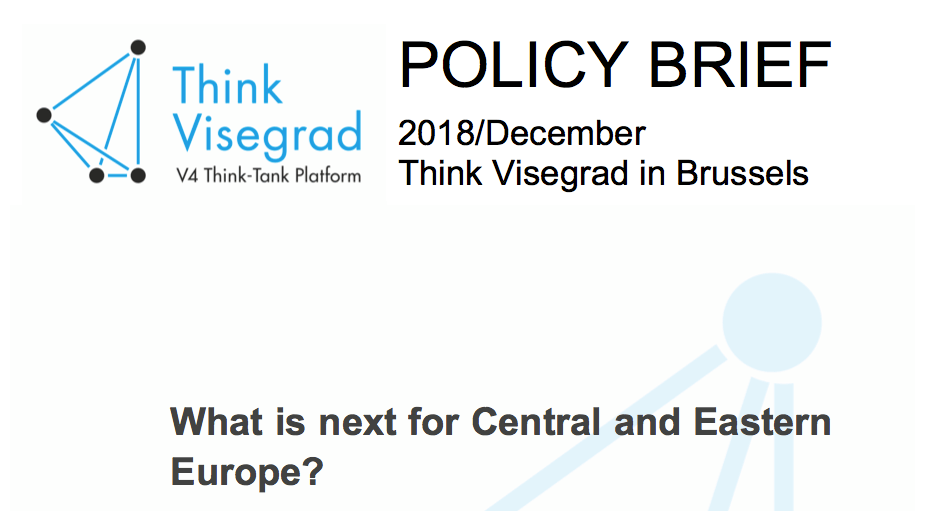What is next for Central and Eastern Europe?
Vladislava Gubalova, as part of the project Think Visegrad, published a policy brief on future of the CEE countries.
18. December 2018

While all minds are on what Europe will look like after 2019, the potential role of Central and Eastern Europe in the future of the EU should also be carefully considered. There are signs of discontent among the citizens and worrisome trends across governmental decisions, feeding a perception of new “old” divisions along East- West and North-South divides. However, the CEE region can contribute to a vision for Europe that is mutually beneficial for all by proposing ambitious European initiatives, taking political courage to embrace responsibilities and prioritizing convergence—in economic, value-based and political terms.
You can download the whole publicaiton by clicking on the PDF button on the right of this article.





